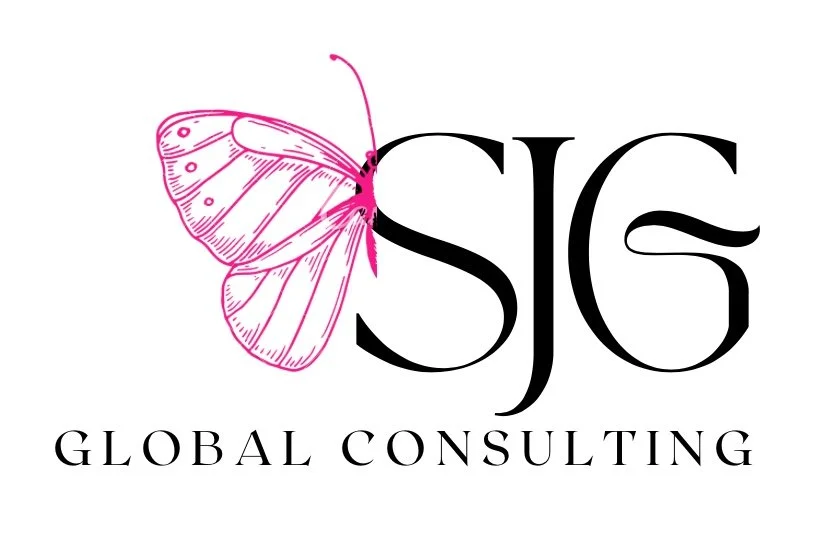Why You Can’t Skip Diagnosis When Designing a Target Operating Model
(Or You’re Just Decorating a Cake Without Baking It)
Yep, we said it.
Without a hard look at your current state, every TOM (Target Operating Model) you craft is just expensive décor. It might look pretty, but it’ll collapse under its own weight.
1. Why change? Why now? What happens if we don’t?
These questions aren’t fluff. They’re what makes people lean in—or tune out. Forget these and you’re designing into thin air.
70% of transformations stall or fail—not because of lack of planning, but because people didn't see the point (McKinsey).
Research shows misaligned change ratchets up cynicism and churn.
So start here. Be crystal clear on your purpose—and make sure others can see it too.
2. If your TOM isn’t built around your value streams, it’s pointless
Your business isn’t about your structure—it’s about how value moves, and how customers experience your brand.
Ask:
Where are the customer handovers breaking down?
Where does value slip through the cracks?
Can your proposed structure actually fix those leaks?
Companies that map journey + operating model together see 25–40% improvements in customer satisfaction and efficiency.
If you don’t do this, you’re just rearranging chairs on a sinking ship.
3. If your people aren’t in it, you won't get anywhere
Most exec-level redesigns collapse because they ignored the people closest to the day-to-day.
Only 43% of people understand their organisation’s strategy.
75% of change programs fall apart because of poor people strategy.
Your people aren’t just the workforce—they’re the intelligence. The ideas. The ground truth of what works.
Frontline teams often contribute 60% of successful change ideas—if you actually listen.
So what do you do?
Ask the tough questions: Why change? Why now? What if not?
Map out your current state: value stream + people journey + data pain.
Involve people. All levels. Frontline voices matter big time.
Draft your TOM in service of reality—not abstraction.
Build in feedback loops. Test, learn, adjust—not assume once and freeze.
Bottom line?
If it doesn’t improve the customer experience or give people a tangible way forward, you’re just decorating.
Build with clarity.
Build with truth.
Build with people.
Only then does it stick.
Now that’s organisational excellence done right.

